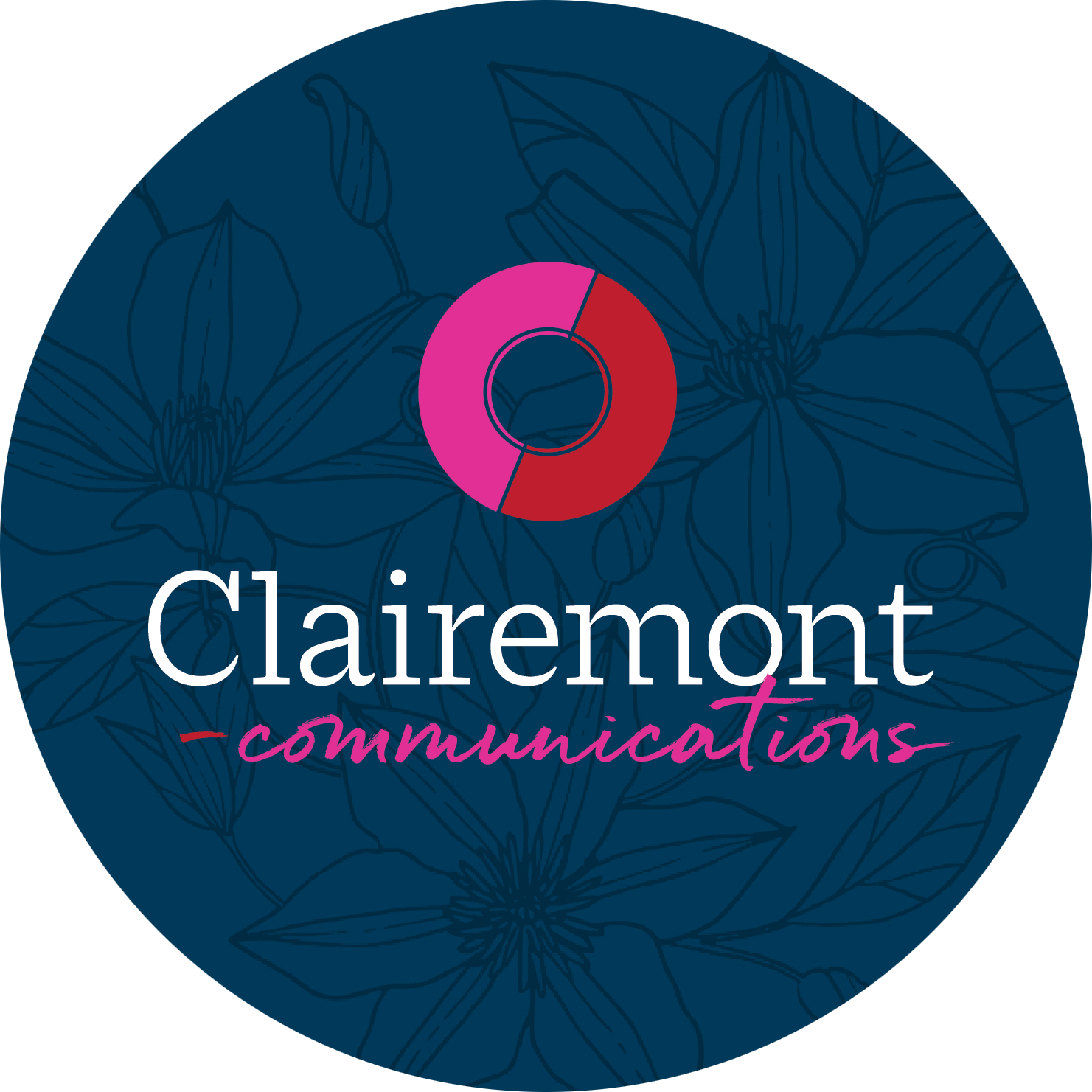Marketing and PR teams are always eyeballing “the competition.” Product development, branding initiatives and consumer events all benchmark competitor growth as a key analytic. Sales strategies traditionally adopt an “us-versus-them” approach that certainly holds merit, since we’re technically all vying for the same market share.
Coopetition, on the other hand, asks competing brands to join forces in a strategic alliance to pursue a greater good. In essence, it’s an offshoot of the old adage, “If you can’t beat ‘em, join ‘em.” And with benefits such as synergy, cost reduction and innovation, coopetition proffers rich returns if applied smartly.
Coopetition Heats Up the Competition
With clients, we’ve tapped into the spirit of coopetition as a tool to boost event marketing — a less traditional yet equally effective application. The “product” in this case becomes the event. The Pepper Festival, hosted by Clairemont client Briar Chapel, got its start as a celebration of one farmer’s produce and a fundraiser for the nonprofit Abundance NC.
But the Pepper Fest didn’t make its name until it ventured into coopetition; the planning team turned an agricultural festival into a hot competition by challenging the Triangle’s top chefs to craft their zestiest pepper dishes. Chefs who typically competed for diners harnessed their collective talents to build a vibrant, engaging experience for the public. Competing brewers rallied and conceptualize a pepper-themed beer garden to enhance the festival’s appeal. And new to the 2016 festival, six chefs are joining forces with young chefs to host the inaugural Spicy Kid Chef Competition.
The results? Attendance skyrocketed from 40 to 1,500 people over eight years, raising more than $75,000 for Abundance and gaining wide-spread visibility and news stories.
Considering Coopetition
So what elements should you examine when considering coopetition in your marketing strategy?
1. The Vision
Forbes reminds us of the power of common-cause campaigns with examples like the “It Can Wait” anti-texting campaign that conjoined AT&T, Verizon, T-Mobile and Sprint. Fierce competitors can quickly transform into close allies when united under the umbrella of a greater good. Invest the time on the front end to vet potential partners, examine their mission statements, discuss overlapping goals and create a cohesive picture that effectively harnesses the each party’s passions.
2. The Process
Coopetition, unlike simple collaboration, requires natural competitors to link arms and become voluntary partners. From the outset clearly define the end game for the venture, whether a product, event or campaign.
There will likely be an overlap in key demographics and shared audiences between partners. Take the opportunity to solidify cohesive key messages that enable the team to present a united front. Develop written strategies that will serve as a touchpoint to guide roles, responsibilities and execution throughout the partnership.
3. The Results
Celebrate. It sounds like a no-brainer, but take the time to broadcast the results of your combined efforts not only with each other but also with your audiences. Share benchmarks and data as well as anecdotal stories that paint the full picture of your endeavor. Honor each member of the team and prime the path for future, successful partnerships. Because at the end of the day, it just feels good to make a difference!
Looking for other fun tips for event marketing? Try quizzing your audience!
Image courtesy of Briar Chapel.

